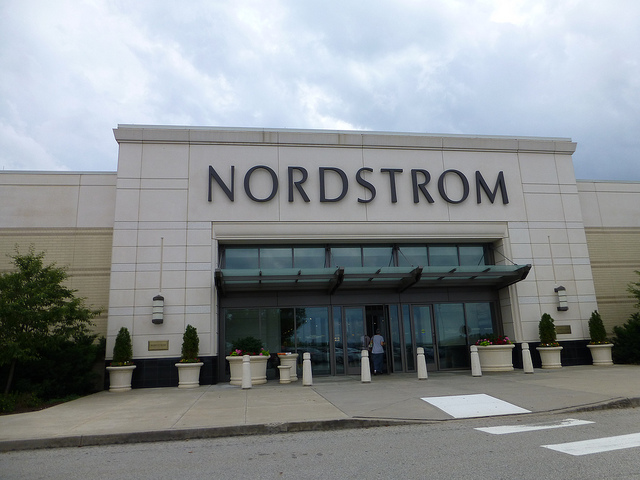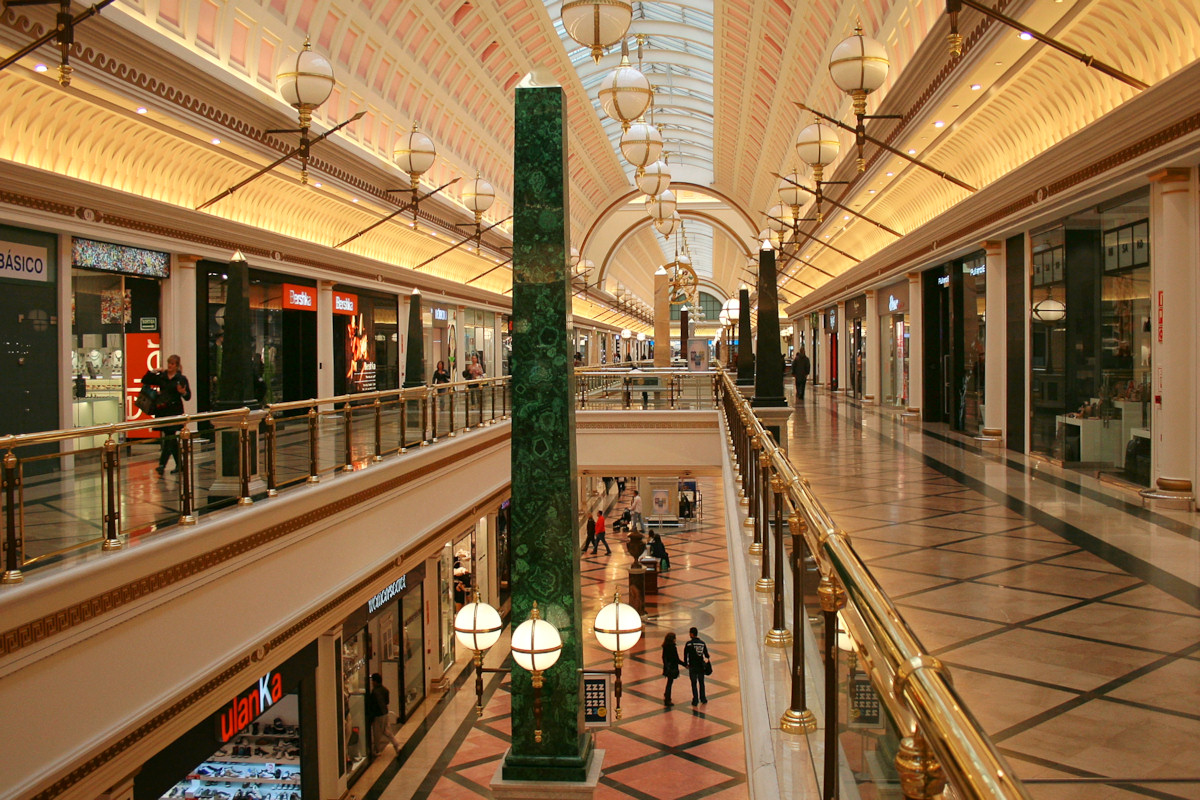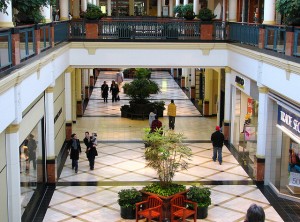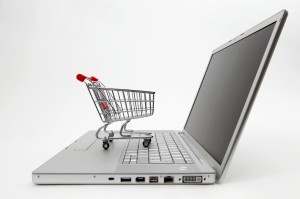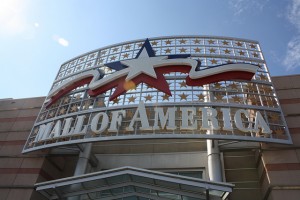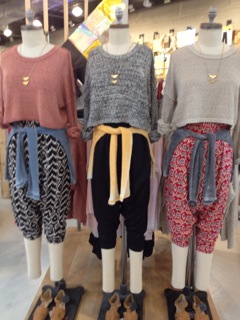A few years ago, experiential retailing was touted as the answer for bricks and mortar stores to compete with online retailers. Some high profile examples like Terrain (the garden/café/store concept owned by Urban Outfitters), Metropark (a clothing chain with DJs spinning during the weekends) and REI (sporting good retailer offering climbing walls in-store, among other activities) were billed as the new future of retail – and a way to beat the ease and convenience of e-commerce. But in the past few years, the hoopla around experiential retailing has taken a back seat to more of-the-moment buzzwords including mobile and omnichannel.
But guess who’s back? That’s right, experiential retailing is back – but in a new way, aimed at making bricks and mortar stores “gathering places” for shoppers, not just shopping places. Some recent high profile examples:
- Nordstrom launched a cocktail bar in its Bellevue store. Sure they’ve always had a café and coffee bar in most stores, but not a true cocktail bar. Habitant launched in July as a test, and Nordstrom may roll the concept out to more stores in the future.
- Restoration Hardware recently revised its store designs and included a wine bar, pub and billiard room in its new Boston flagship store. These and other non-retail elements are being added to other stores as well as more of the new format stores are rolled out.
- Urban Outfitters is launching a new concept store in Williamsburg area of Brooklyn, featuring a variety of pop-up shops, apparel and a restaurant and bar with rooftop dining. Slated to open in winter 2014, the multi-floor store will be a new addition to the Urban Outfitters portfolio of brands.
It remains to be seen if these types of add-ons to the traditional retail store will result in sustained improvement in store traffic and revenues (for other ideas on how stores can compete, see here). But at least bricks and mortar retailers are not going down without a fight.
